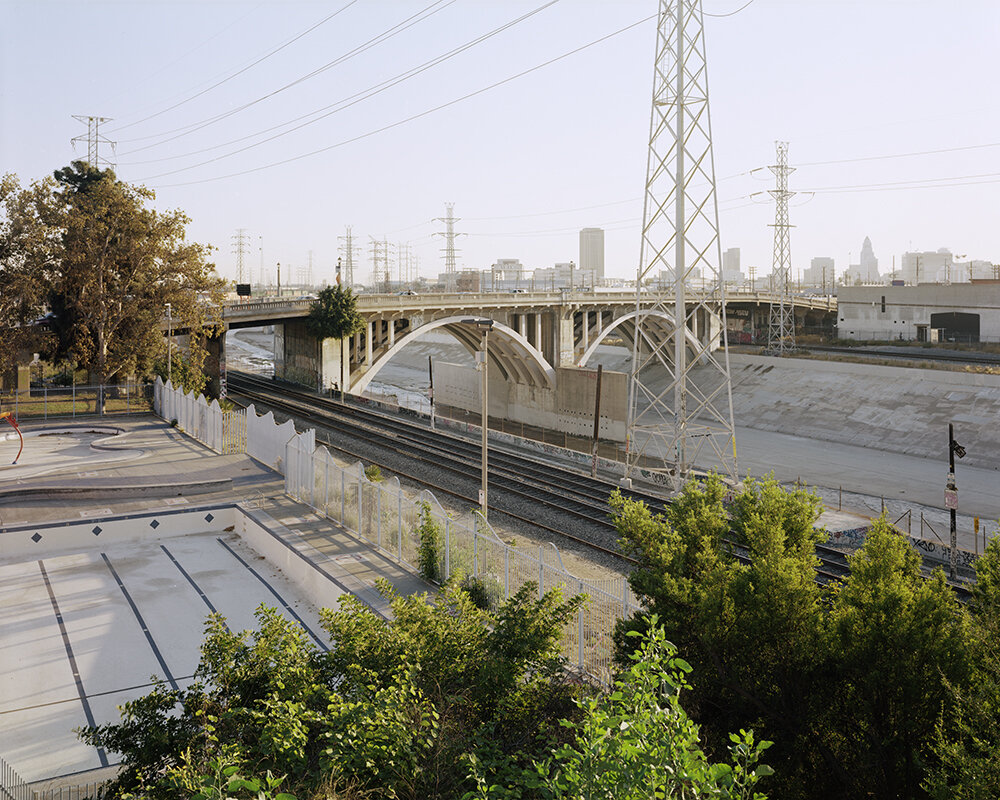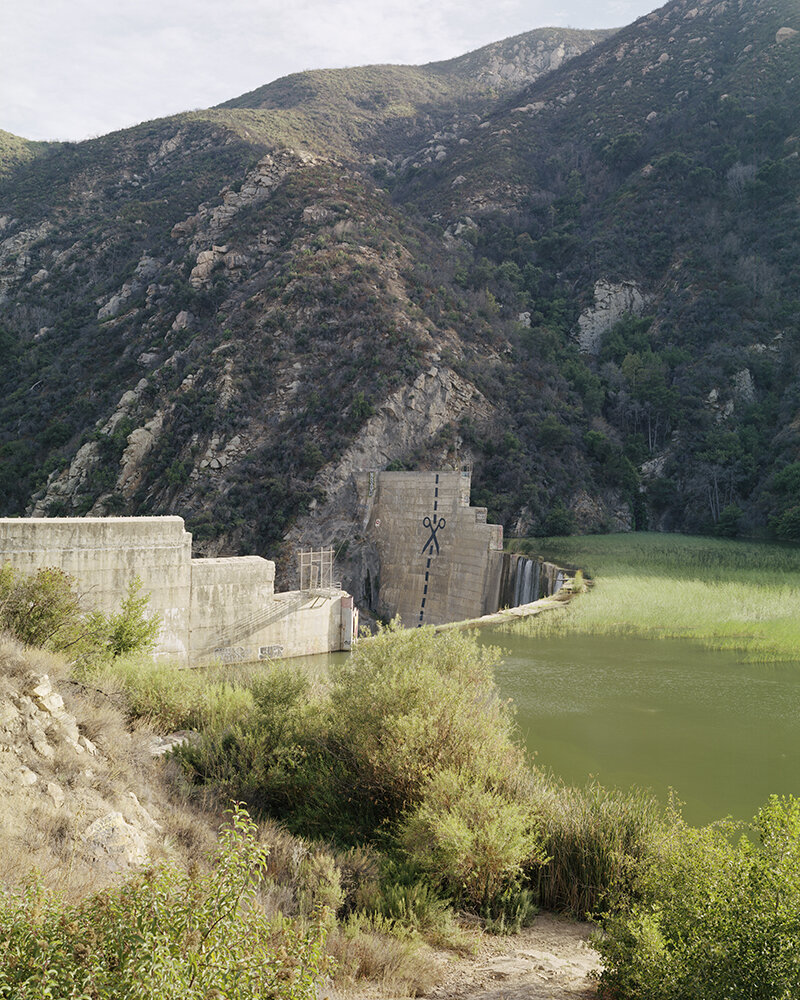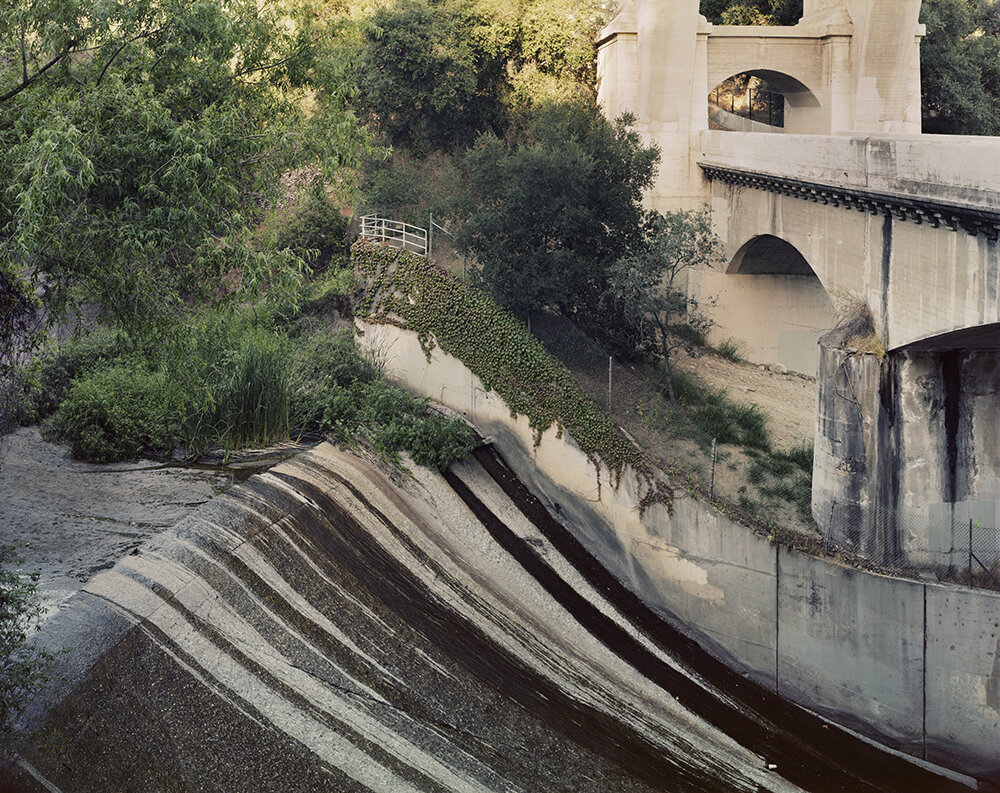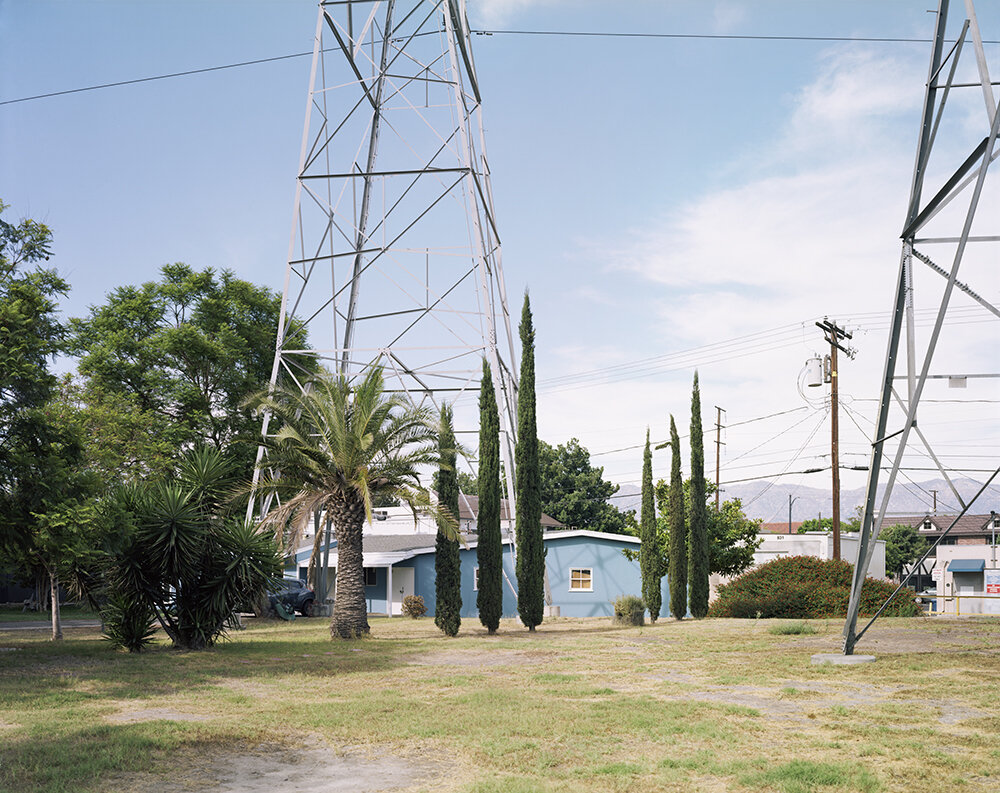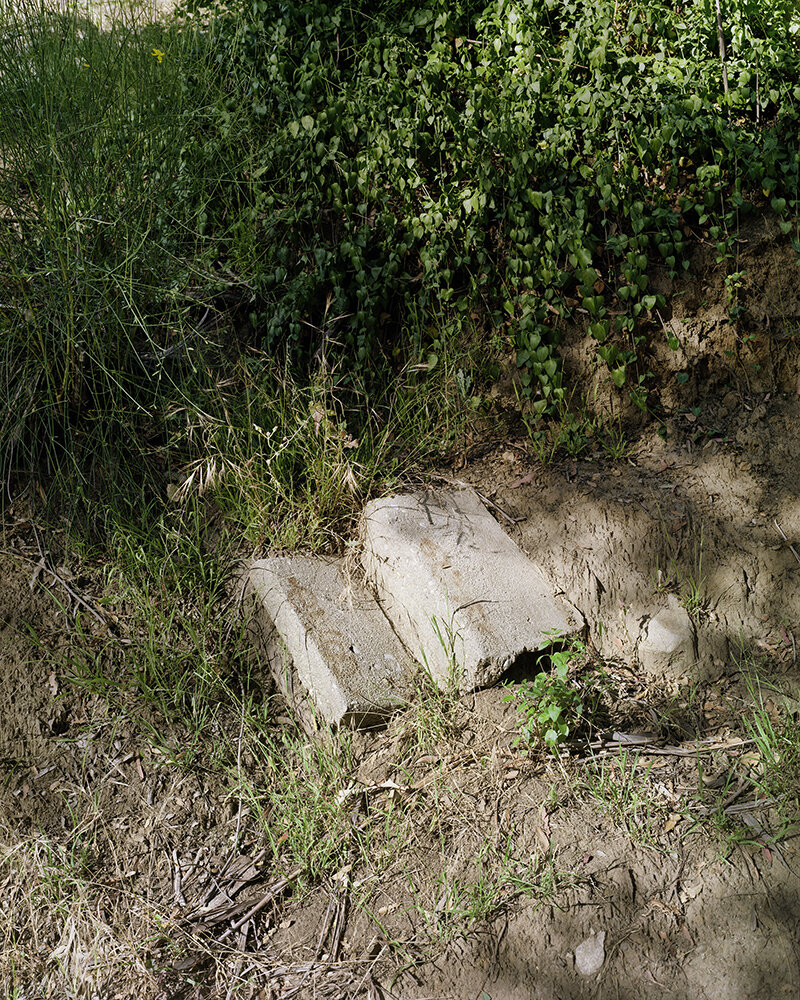Woman Crush Wednesday: Paloma Dooley
Cop Coming out of LA River © Paloma Dooley
Written by Demetra Nikolakakis
Many of your photographs examine the intersection between human influence/urbanization and nature. What draws you to this particular combination?
I grew up mainly in New York City, so when I first started playing around with photography as a teen it was in a purely urban (and sometimes industrial) environment. I took pictures of buildings and signs and things like that. “Nature” was something far away, separate from where I lived. Then I moved to rural upstate New York to attend college and I was forced to reevaluate what my subject matter could be. I remember the first time I thought to myself: what if I made a picture of a tree instead of a picture of a building? What if I made one picture of both? It was a real turning point. Then, when I came back home to the city for my first break from school, I was shocked by how silly trees looked there: purely decorative, stuck in little squares of dirt in the sidewalk, quaint. Something I had never paid attention to before—bits of “nature” in the city—suddenly seemed so absurd, even inappropriate. Seeing and feeling this tension for the first time has drawn me to try to make work about the absurdity and tenderness of the built world of towns and cities, and about how people—and all things made by people—are not separate from nature.
Matilija Dam © Paloma Dooley
In Ground Control, you discuss the ways in which the city of Los Angeles is at odds with the capabilities of the ground it rests on. What makes photography an ideal medium to examine this tension?
The pre-colonial communities that lived in the area we now call Los Angeles knew that to thrive is to work with the environment rather than try to overcome or conquer it. The interventions we make everywhere in this landscape—big and small, formal and informal—are impossible to “un-see” once you’ve started paying attention to them. Cloth swaths shading hot little backyards, tarps shielding hillsides from erosion, seismic retrofits, the concrete basin of the LA river—these are all visual markers of our attempts to force a largely arid and seismically active landscape to support an enormous, car-owning population. It’s a bit hubristic. I’m fascinated by these displays of our vulnerabilities and I use photography as a tool for collection and description, and by extension, scrutiny. Sometimes I try to think about an alternative medium for this project; if not photography, what? A guided tour? Photography, the medium, is a tool I know how to use, and in this exploration of tension that is a gathering of images, it is efficient. When I scan and edit my film and then make big prints, I discover so much about what ended up being included within the frame that I didn’t initially notice while shooting.
Colorado Street Bridge © Paloma Dooley
You've previously mentioned that in your photographs, you aim to create microcosms that viewers can inhabit. Can you talk about how you achieve this?
Part of how I hope to achieve this is by choosing to shoot with large-format color film. 8x10 film is powerful enough to preserve even the tiniest, finest, furthest away details of the landscape, and it allows really faithful reproduction of subtle tonal and color variation. This format is a generous tool that allows me to make pictures that are dense and layered with detail, intricate, glowing, and hopefully “real” enough that they can become these little self-contained worlds unto themselves, in which nothing is extra and nothing is missing. When I am framing an image in-camera and playing with making decisions about light, distance, and scale, I feel I am inaugurating (brokering?) a taut (and vibrant) peace between the nouns (persons, places, things) that inhabit the picture, and I am pleased. Finally, I want the prints to feel immersive to viewers, so I produce wall-sized prints that allow people to pore over the fine details of the landscape that led me to make the photograph in the first place.
Trash Tree © Paloma Dooley
Describe your creative process in one word.
Slow.
If you could teach a one-hour class on anything, what would it be?
I like teaching non-photographers how to shoot their own artwork using simple tools and settings that would commonly be at their disposal, such as an iPhone and a blank studio/apartment wall. I would love the chance to refine and offer a one-hour class on the subject. I do a lot of exhibition photography for artists and galleries, but I know that there is not always time or a budget to have artworks professionally photographed, especially for young artists who need documentation of their work when applying for residencies and grant opportunities.
Home Under Power © Paloma Dooley
What was the last book you read or film you saw that inspired you?
I’ve been enjoying reading a lot by Otessa Moshfegh lately, especially Eileen. I like the way she writes these unlikeable, even wretched, characters who are still incredibly relatable and sympathetic. It makes me want to allow more roughness and unpredictability into my pictures.
Tarp Covered Hillside © Paloma Dooley
What is the most played song in your music library?
Hawaii in Ten Seconds, by Kingsbury Manx. It’s so blissful.
How do you take your coffee?
I have never had coffee. Not even a taste. I can’t bear the smell! Each morning I have a cup of black tea with a little bit of milk.
Lone Steps © Paloma Dooley



